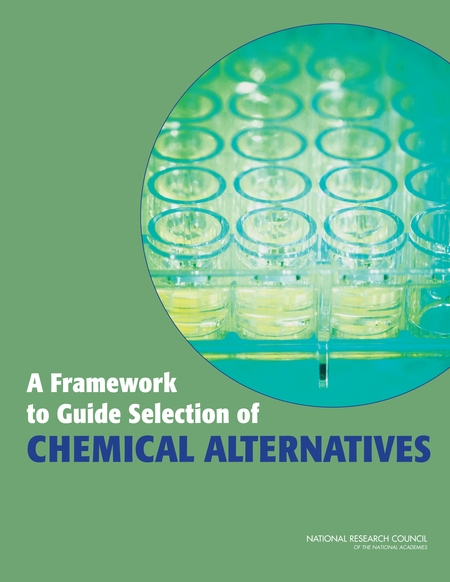The National Academy of Sciences, with input from SOT members, released a new report that outlines a framework for selecting chemical alternatives, while other SOT Members discussed red tide, food packaging, and children’s brain activity.
SOT Member Research
 The US Environmental Protection Agency (EPA) asked the National Academy of Sciences (NAS) to develop a comprehensive framework for the selection of chemical alternatives. David C. Dorman served as the chair of the committee tasked with developing this new framework, while Nigel Greene, Carol Henry, and Ivan Rusyn served on the committee and Marilee Shelton-Davenport served as the study director. The committee’s report, A Framework to Guide Selection of Chemical Alternatives, identifies a 13-step process for considering chemical and non-chemical alternatives. Dr. Dorman will be leading an NAS-hosted webinar on October 24 to discuss the new report.
The US Environmental Protection Agency (EPA) asked the National Academy of Sciences (NAS) to develop a comprehensive framework for the selection of chemical alternatives. David C. Dorman served as the chair of the committee tasked with developing this new framework, while Nigel Greene, Carol Henry, and Ivan Rusyn served on the committee and Marilee Shelton-Davenport served as the study director. The committee’s report, A Framework to Guide Selection of Chemical Alternatives, identifies a 13-step process for considering chemical and non-chemical alternatives. Dr. Dorman will be leading an NAS-hosted webinar on October 24 to discuss the new report.
SOT Members in the News
Daniel Baden shared his insights and research at a recent lecture at Duke University, which was profiled the National Institute of Environmental Health Sciences (NIEHS) “Environmental Factor” newsletter. Dr. Braden discussed his discoveries regarding Karenia brevis, which produces the brevetoxins that cause red tides, and how he and colleagues are translating the discoveries into treatments for cystic fibrosis, chronic obstructive pulmonary disease, and other forms of respiratory illness.
Approximately 6,000 substances are approved for use in food contact materials in the US and Europe. Ensia explores what is toxicologically known and not known about these food contact materials and whether they pose a risk to human health. Maricel Maffini and Jane Muncke are quoted throughout the article.
The US Food and Drug Administration’s website is highlighting the work of Merle Paule and colleagues, who are comparing brain functions in children and animals to better evaluate the effects of pediatric drugs on psychological processes.
Science and Public Health News
To stay abreast of these types of items throughout the week, be sure you “like” SOT on Facebook and “follow” SOT on Twitter.
Have news or research you want featured in the future? Send me an email.